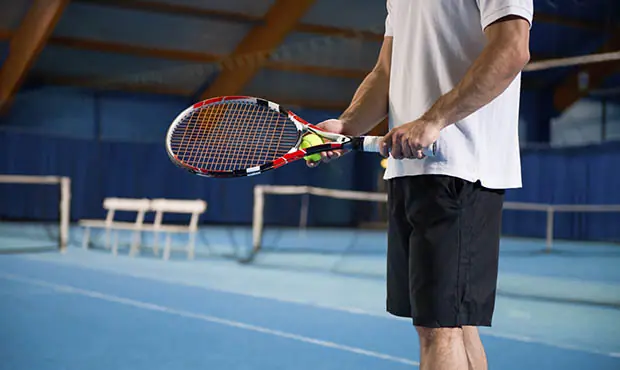
As the weather warms and swimsuit season approaches, you might be yearning for a lean and chiseled midsection. Good-looking abs are great, but if you want to look good and improve your tennis game you should focus your efforts on building a strong core.
The core consists of the abdominals, obliques, lower back and all the internal muscles that are connecting your upper body and lower body into a harmonious movement.
A strong and powerful core is important because it transfers all the forces between your lower body and upper body each time you hit the tennis ball—or even when you just stand or walk around. A weak core may cause many potential future problems.
People often waste their time doing hundreds of crunches in hopes of achieving a strong midsection covered with a beautifully lean six-pack of abdominals. This is not the way to go. Performing crunches is better than doing nothing, but crunching alone will not make your core strong. You need to train the whole core "package" together to develop the synergetic strength results.
Great exercises to develop a strong core are the big, compound exercises such as squats, deadlifts, power cleans and snatches, kettlebell swings and kettlebell windmills. Another simple way to test or strengthen your core without any equipment is the plank.
How to Do a Plank
Get down on your feet and hands, knees off the ground, shoulders directly above your hands. Keep your body straight like a plank. Don't let your hips sink low or sway. Start breathing deeply and hold this plank for at least one minute.
A sign of a strong core is holding the plank for two minutes or more. With some serious focus it's possible to hold the plain plank for five minutes—it's a worthy goal everybody can strive for.
Some people may feel discomfort in their wrists. You can always go down on your elbows instead and perform the plank that way. However, unless you have some serious condition with your wrists, you should work yourself up to being able to do the plank on the hands instead of elbows. Your wrists get stronger and more flexible over time.


